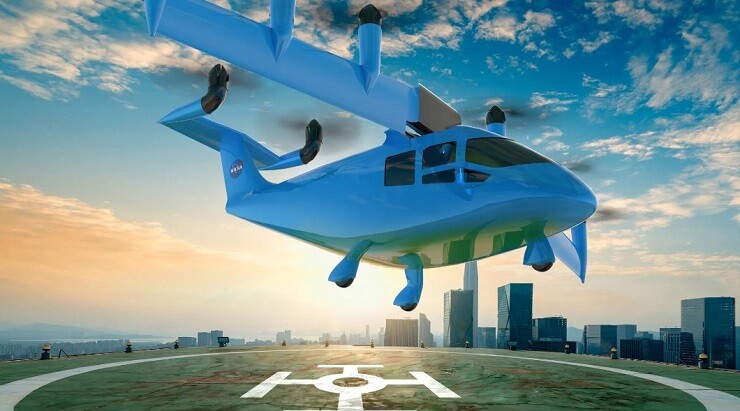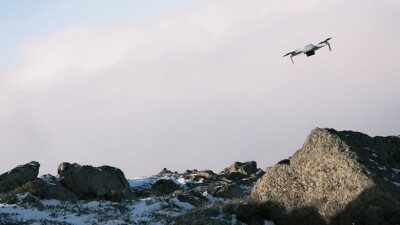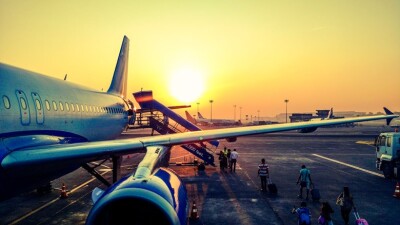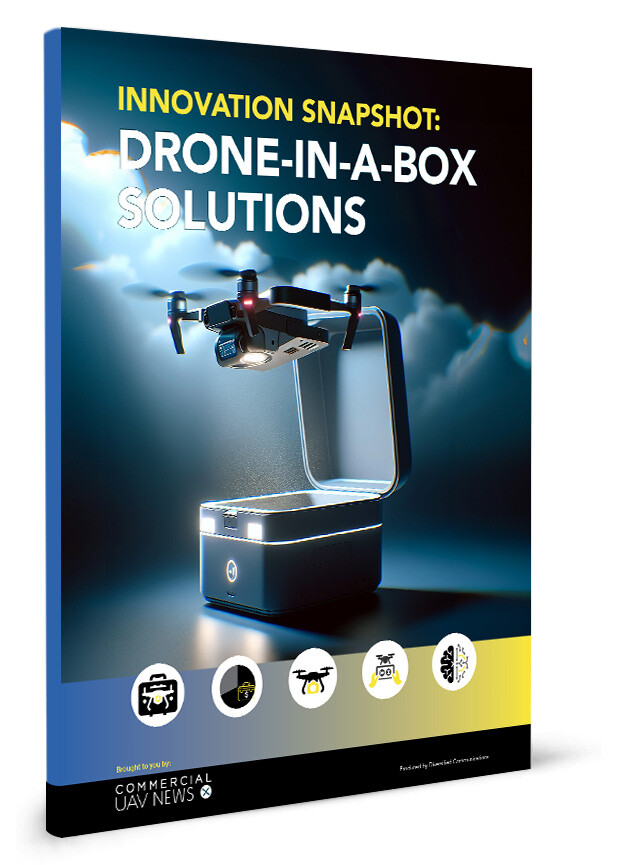For a couple of years, we have been hearing from the Federal Aviation Administration (FAA) that a formal regulation on uncrewed flights beyond the visual range of the operator in what is known as BVLOS is on its way. But here we are in June of 2024, and we are still waiting. A number of technologies and extensive legislation are still needed to allow for this to happen, but hopeful signs are emerging. The recent FAA Reauthorization Act of 2024 clearly states that the FAA has four months, or late September, to issue the initial proposal for a BVLOS regulation, or Part 108 as we have decided to call it.
But not everything is entirely in the hands, or the fault, of the FAA. Industry, academia, and even the National Aeronautics and Space Administration (NASA) still have to prove to the federal agency in particular and the flying public in general that adding thousands of uncrewed aircraft to the National Airspace (NAS) is safe.
The FAA is simply defending and protecting a magnificent safety record in which the last fatal accident of a commercial airliner happened in 2009. In the meantime, billions of passengers have been flown from Point A to Point B safely and mostly reliably.
So, it is the responsibility of every one of us to work in our respective fields to make sure the technology is there to facilitate and improve the various aspects of the aviation industry that need to be introduced in order to enable a safe integration. Technology such as uncrewed traffic management systems (UTM) and Detect and Avoid (DAA) will have to be fine-tuned and proved to the safety levels acceptable to the FAA before we mix piloted and non-piloted aircraft in the NAS.
But other factors too are important in the equation, such as constant, redundant communications, the addition of safety systems to uncrewed aircraft, and the existence of ground infrastructure.
This last element, ground infrastructure, has been the subject of much debate in an era in which building new airports has become almost impossible, given the nature of NIMBY (not in my backyard) attitudes throughout the country.
So, how are we going to add thousands of new uncrewed aircraft to the NAS if we do not have the ground facilities to allow their takeoff and landing?
The answer to this riddle is composed of two distinct realities. First, there is the issue of small drones that would be performing tasks from their own private departure and arrival facilities, such as delivery drones (retailer warehouses, local vendors, etc) and other uncrewed aerial vehicles (UAVs) that would be performing repetitive tasks such as infrastructure inspections, police work or first responders’ emergencies.
The second reality is a bit more complicated but also more into the medium- to long-term future, so we have plenty of time to address the issue of where eVTOL (electric vertical takeoff and landings) will operate from. Initially, these new generation aircraft will fly with a pilot, but the plan is for them to be completely autonomous in the mid- to long-term and stay that way.
A number of companies around the world are dedicating their business models to the development and construction of these new eVTOL bases of operations or “vertiports,” as they are unofficially known. The advantage for the uncrewed aviation industry is that these venues will be a lot smaller and easier to sell to the public than large conventional airports.
One company in particular, Skyports Infrastructure has a very specific mandate of working with national, state, and city officials to advance the cause of these new ways of transporting people and cargo around the world.
Skyports is working very closely with governments around the world to establish vertiports in areas where launching these services have a high probability of success, such as Dubai and some cities in Asia and Europe. Skyports’ leadership understands that before they lay the first brick in the construction of a vertiport, an entire set of stakeholders first need to understand their importance, and that seems to be their Plan A—create consciousness of the need for this infrastructure.
In North America, the state of Florida seems to be at the bleeding edge of constructing these new mobility venues. The city of Tampa, for example held an advanced air mobility (AAM) seminar in April at the Tampa International Airport (KTPA) to gather experts from different fields and discuss the possibility of establishing a vertiport in tight coordination with a busy international airport.
A few hundred miles to the Northeast of Tampa, the City of Orlando is also working feverishly to attract investment to add a vertiport to this bustling city that also has one of the busiest airports in the country, Orlando International (KMCO).
So, what makes these urban legislators invest valuable resources in the exploration of such a futuristic concept? Perhaps they know something we do not, but the most feasible explanation is the fact that these technical developments tend to become reality fast. Look at what happened with Artificial Intelligence (AI) in 2023. With the launch of a quite primitive version of ChatGPT, suddenly the world understood the importance of AI, and now, a few months later, Nvidia, the larger producer of AI chips is the world’s largest company with over $3.3 trillion in market capitalization.
Even NASA is heavily investing in the exploration of the concept of vertiports and the development of a basic concept of operations (Conops) in which initially eVTOLs will be using existing facilities and progressively will move on to dedicated locations called High Density Vertiplex and these will eventually become totally automated.
Uncrewed aviation is coming to us at a rapid pace, and creating the necessary ground infrastructure to handle this inevitable future is smart. Let us hope that more and more cities around the world understand this reality and act upon it.















Comments